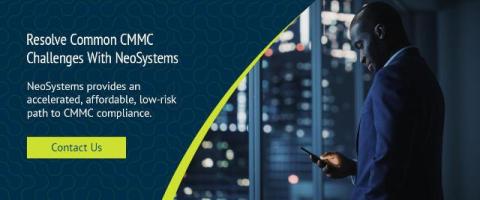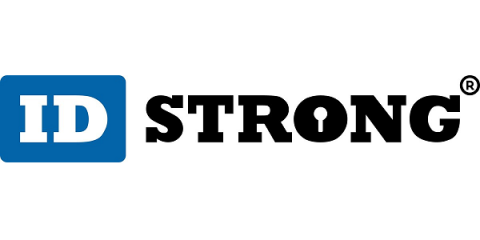How to Improve Compliance with Multilingual Cybersecurity Resource
Cybersecurity matters a lot today, and it touches everyone around the globe. With hackers becoming smarter, protecting information has never been more critical. Now, imagine trying to stay safe online but not understanding the warnings because they’re not in your language. That’s where multilingual cybersecurity comes into play – it breaks down language barriers so everyone can understand how to protect themselves.











